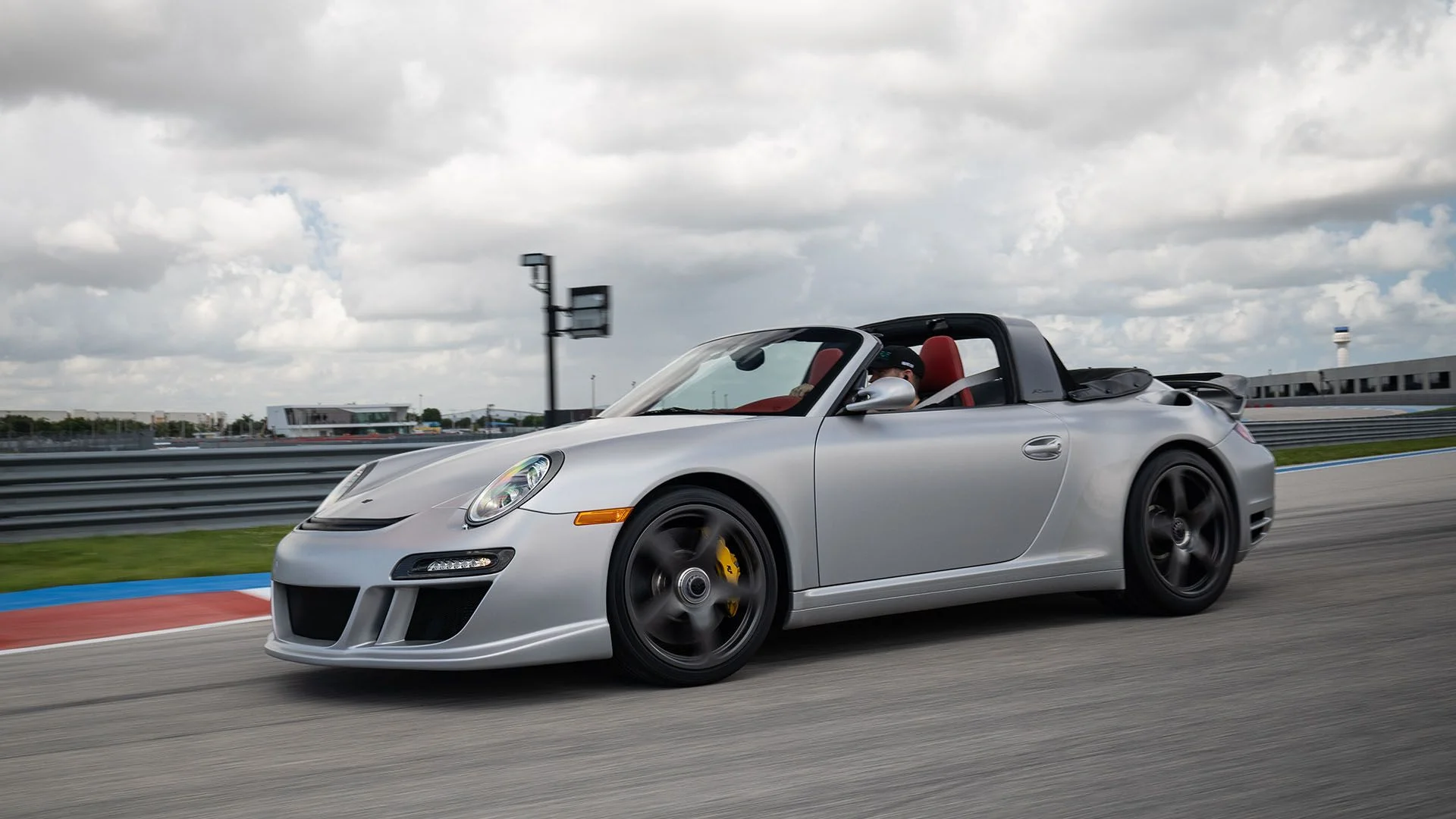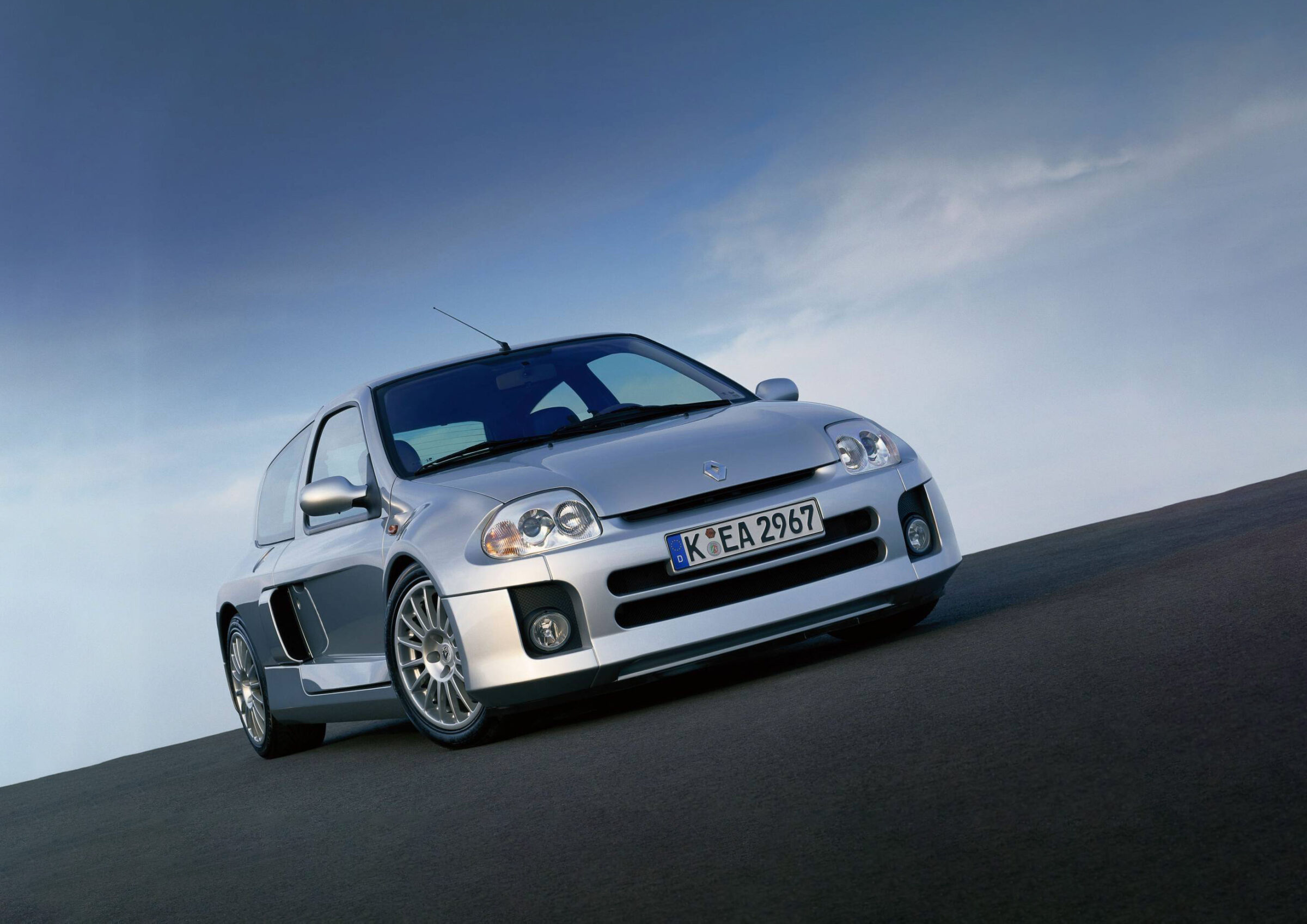Volvo Sport P1900
Volvo and sportiness were two terms that didn’t go together until the mid-1950s. In 1954, however, the Swedes presented their first prototype, which was to dissolve this apparent contradiction into thin air. To this end, the company had established contacts in the U.S. in order to develop a body made of glass-fiber-reinforced plastic together with the company Glasspar. The Americans had already had some experience in this, as they were producing the body parts for the first Chevrolet Corvette at the same time. The Volvo was based on a tubular steel frame. The “Sport P1900” weighed a mere 969 kilograms. This made it one of the lightweights even at that time.
Typical design of the 1950s
The body was given a rounded design in keeping with the style of the time. A large radiator hole combined with two round lights formed the front section. A shoulder line started from the headlights, which also defined the upper edge of the doors and only sloped slightly behind them towards the rear. As a finishing touch, it indicated slight tail fins at the rear. Behind the passenger compartment joined a trunk that was easily enough for two people to go on weekend trips. Large chrome bumpers added to the impression of safety. The era of seat belts or even airbags was far from dawning, even at Volvo. Nevertheless, even then the Swedish manufacturer attached importance to quality, solidity and safety.
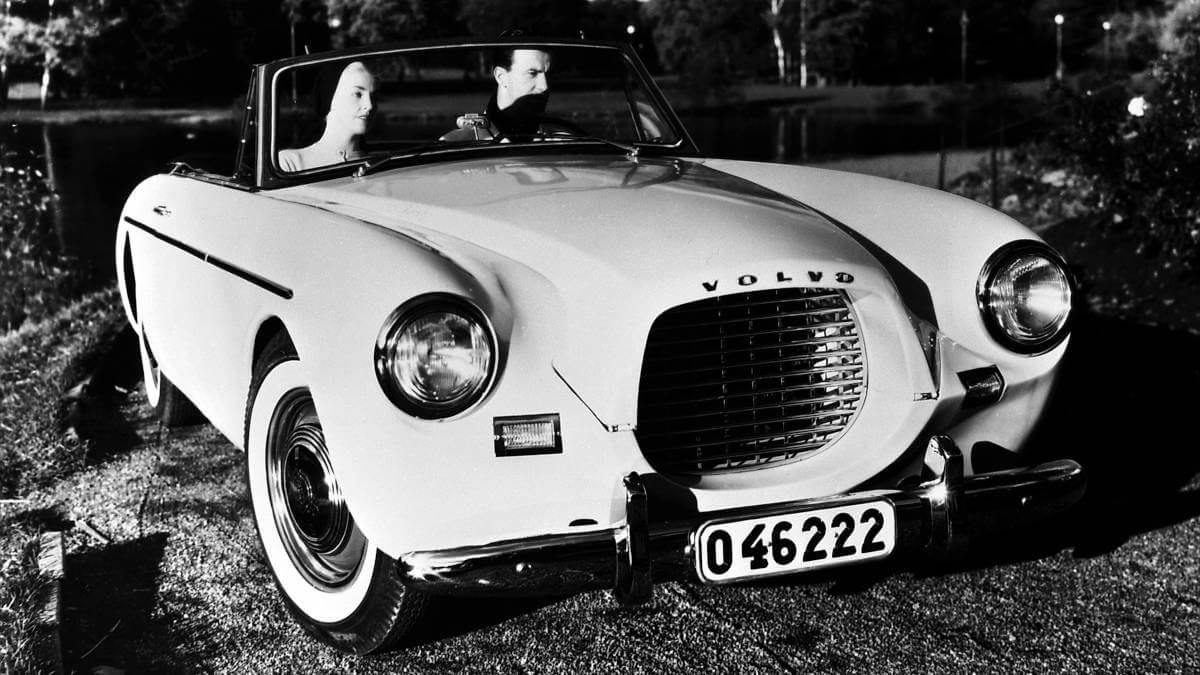

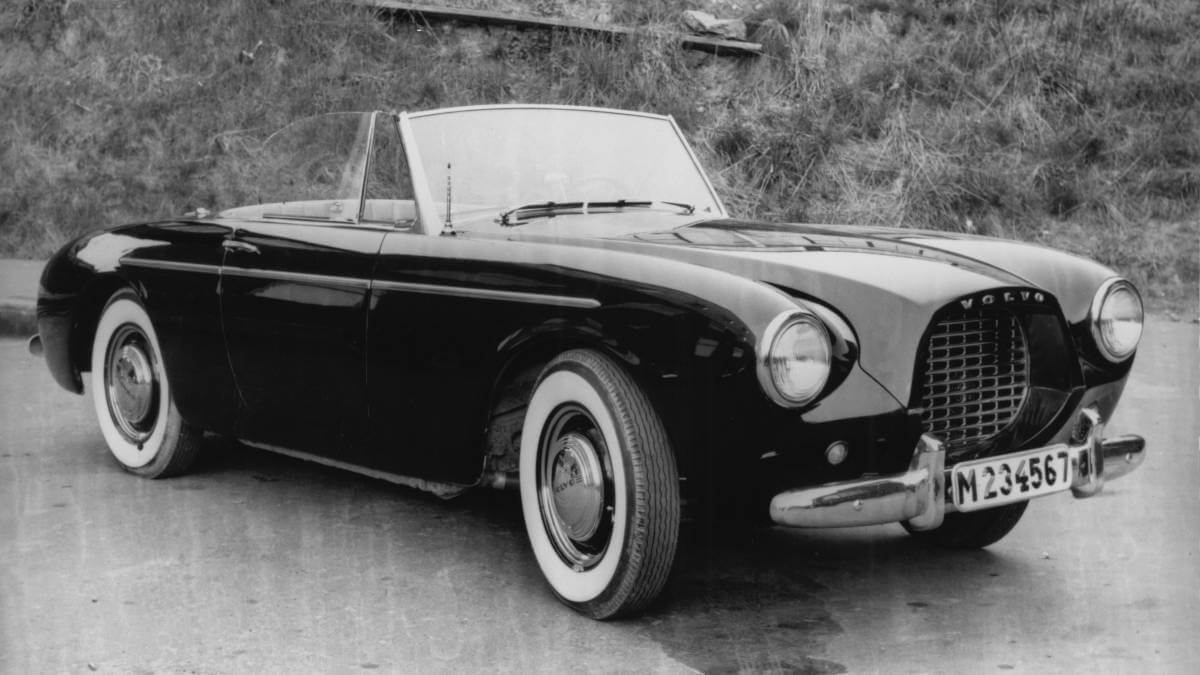

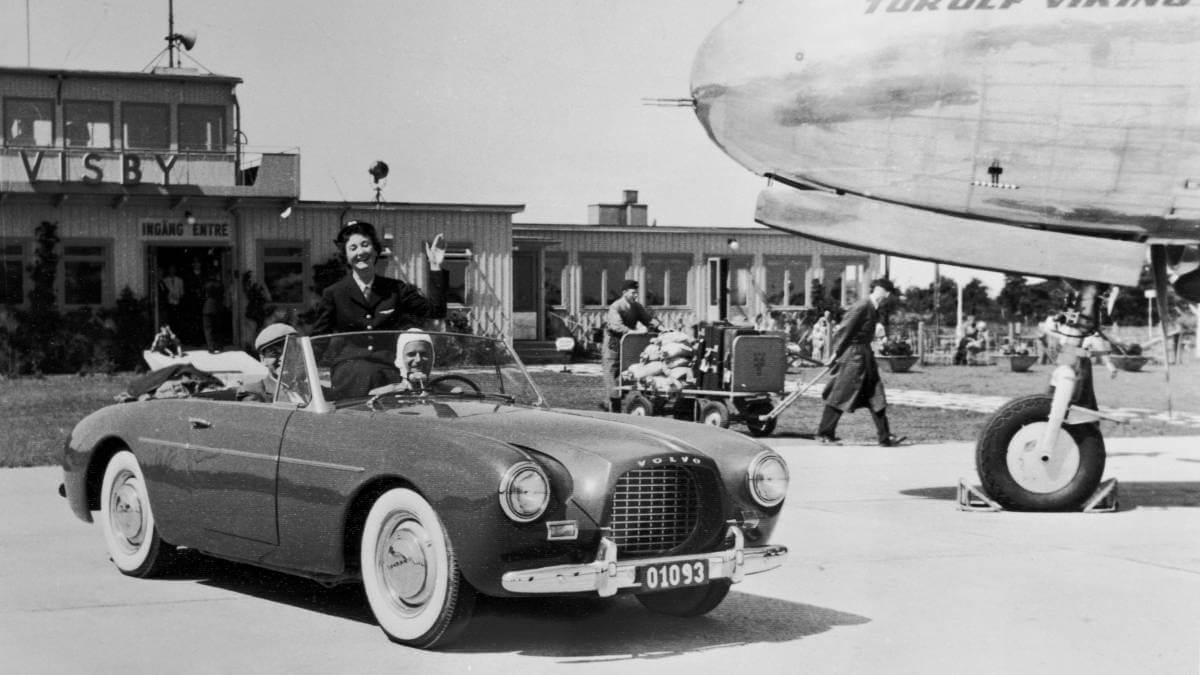

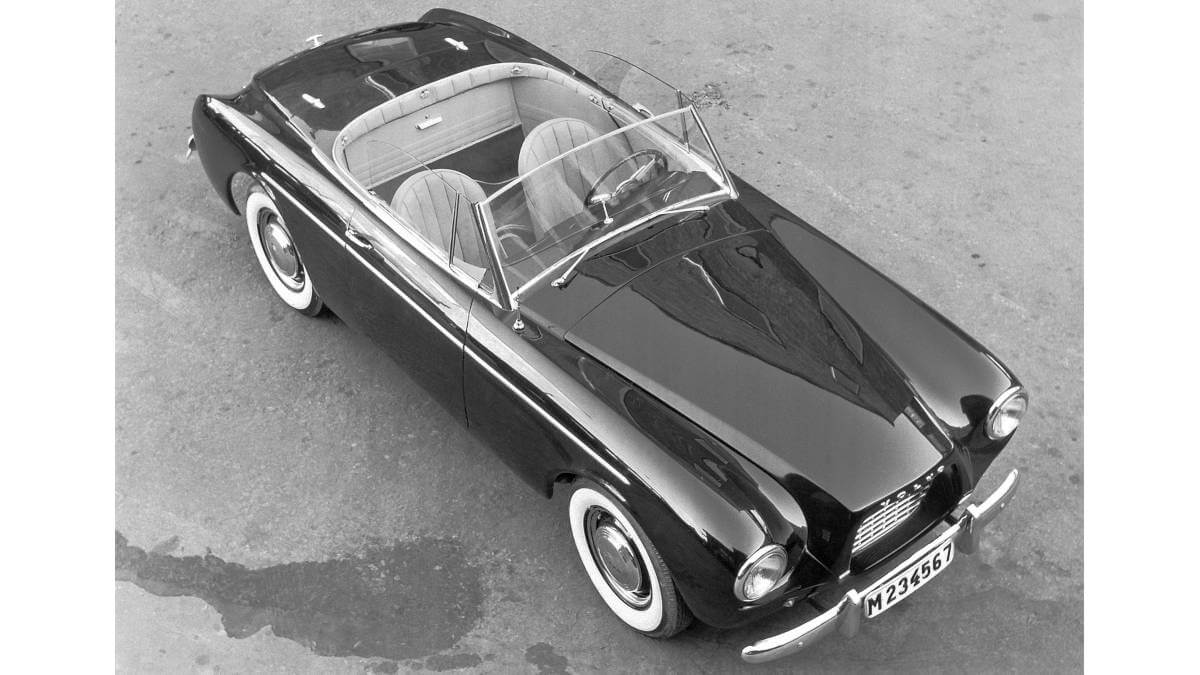

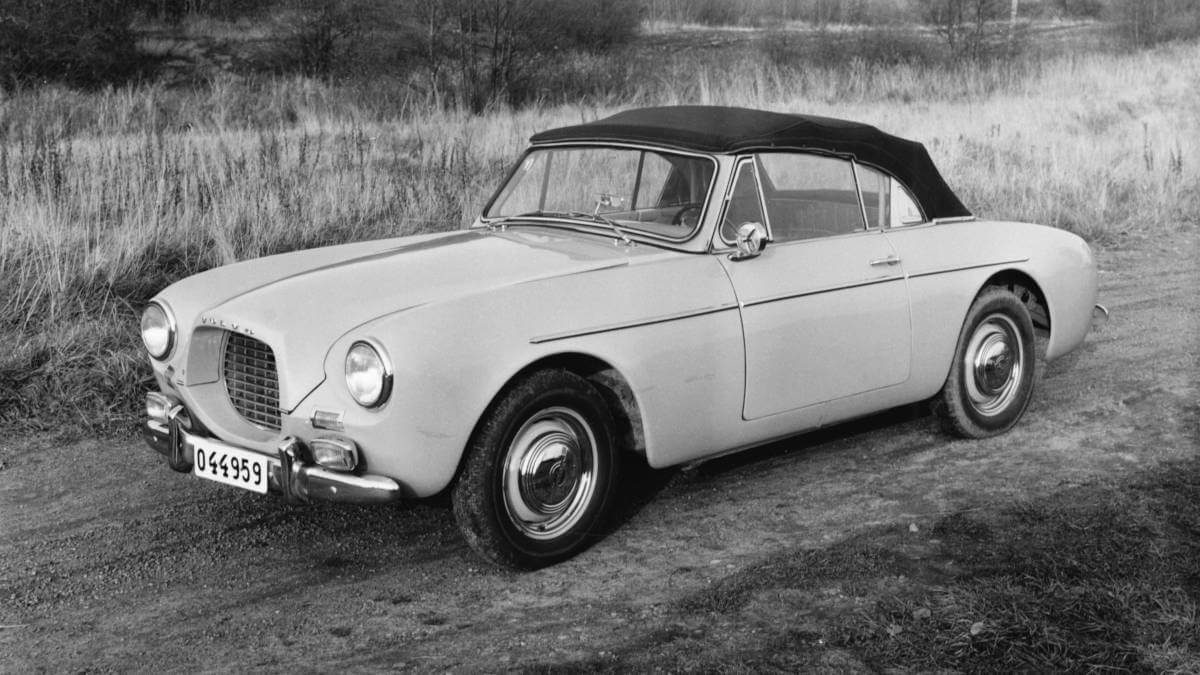

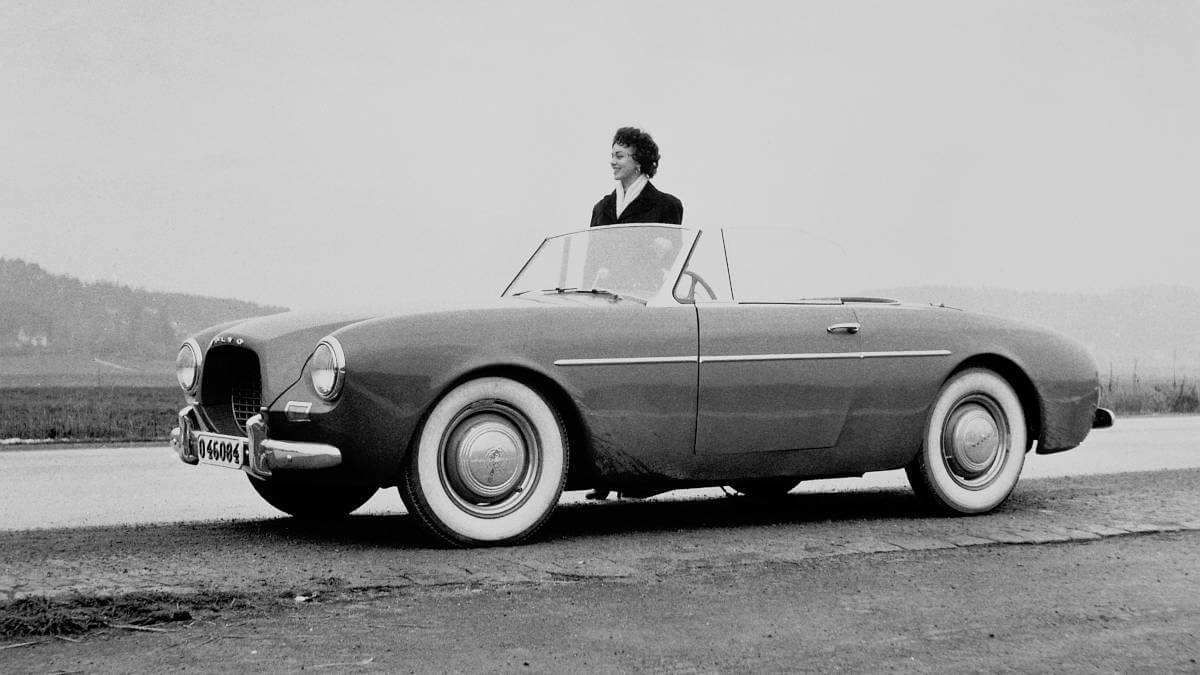

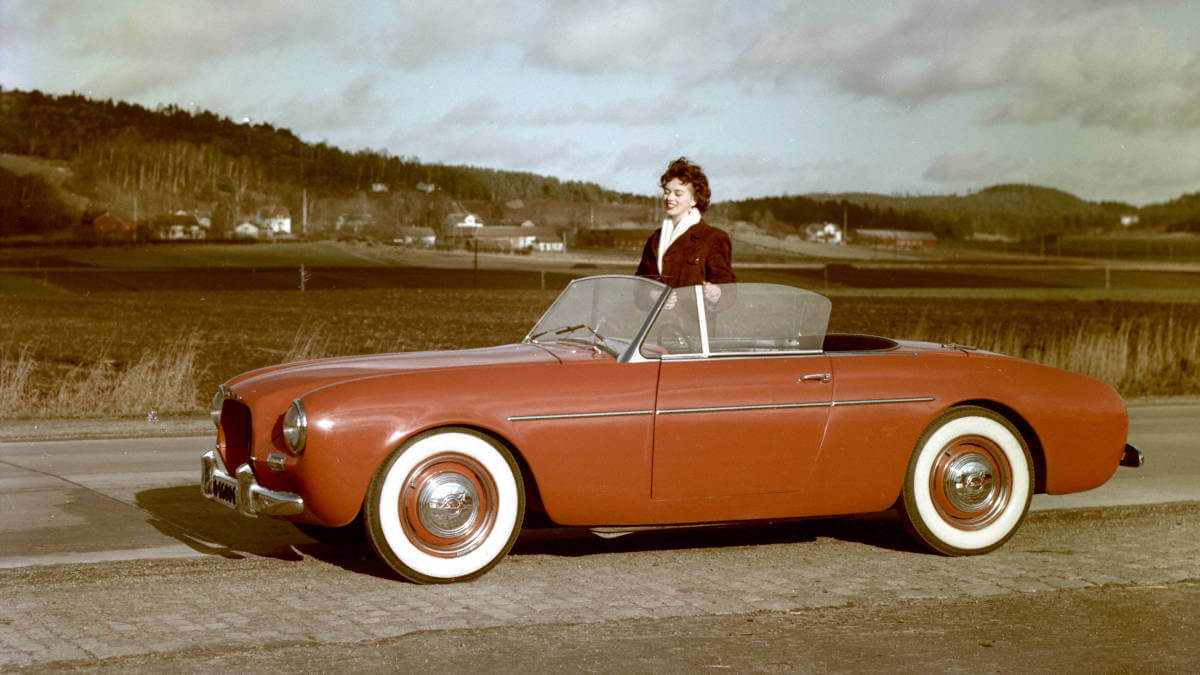

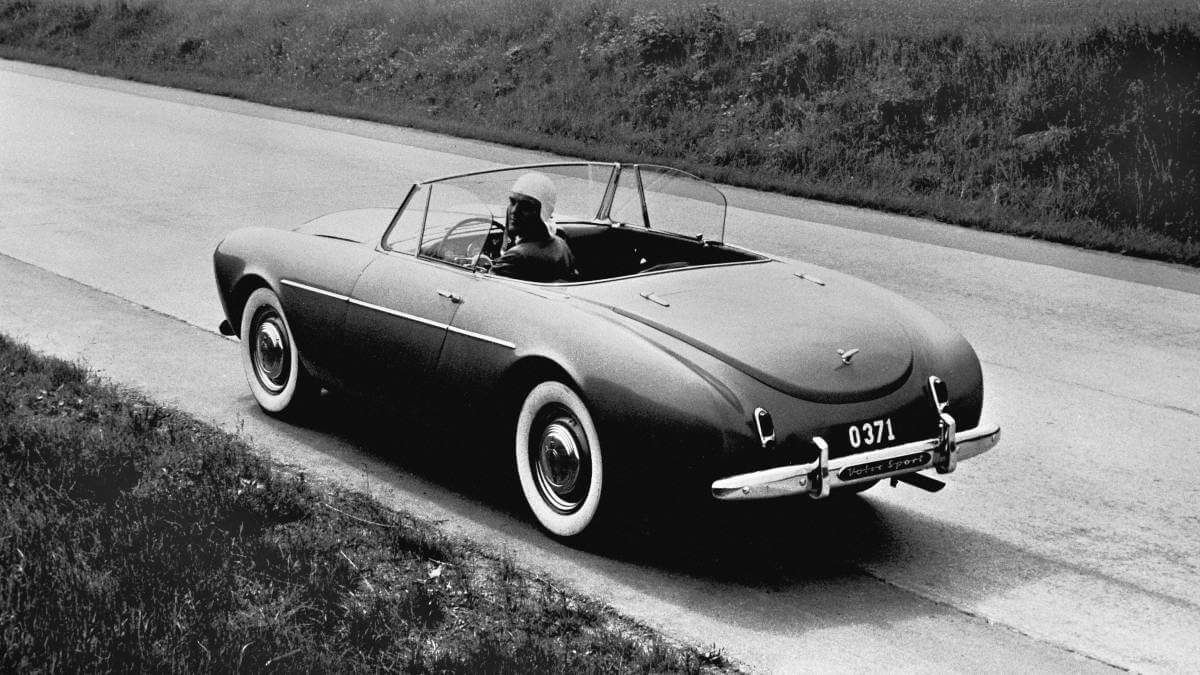

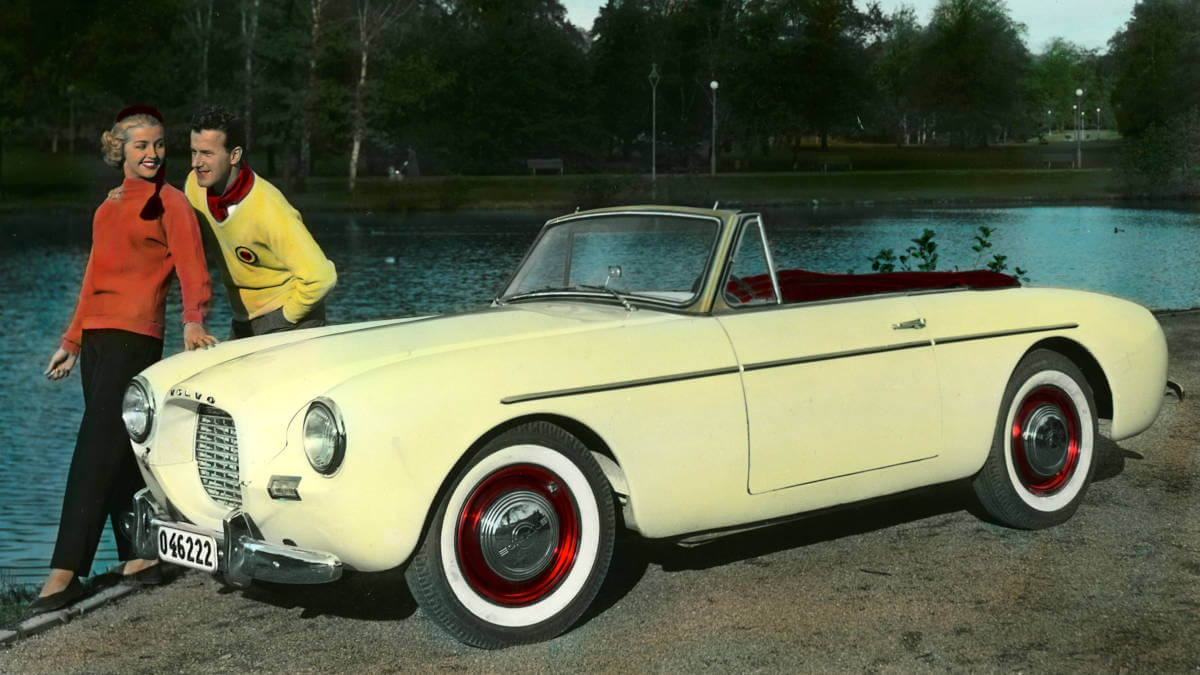

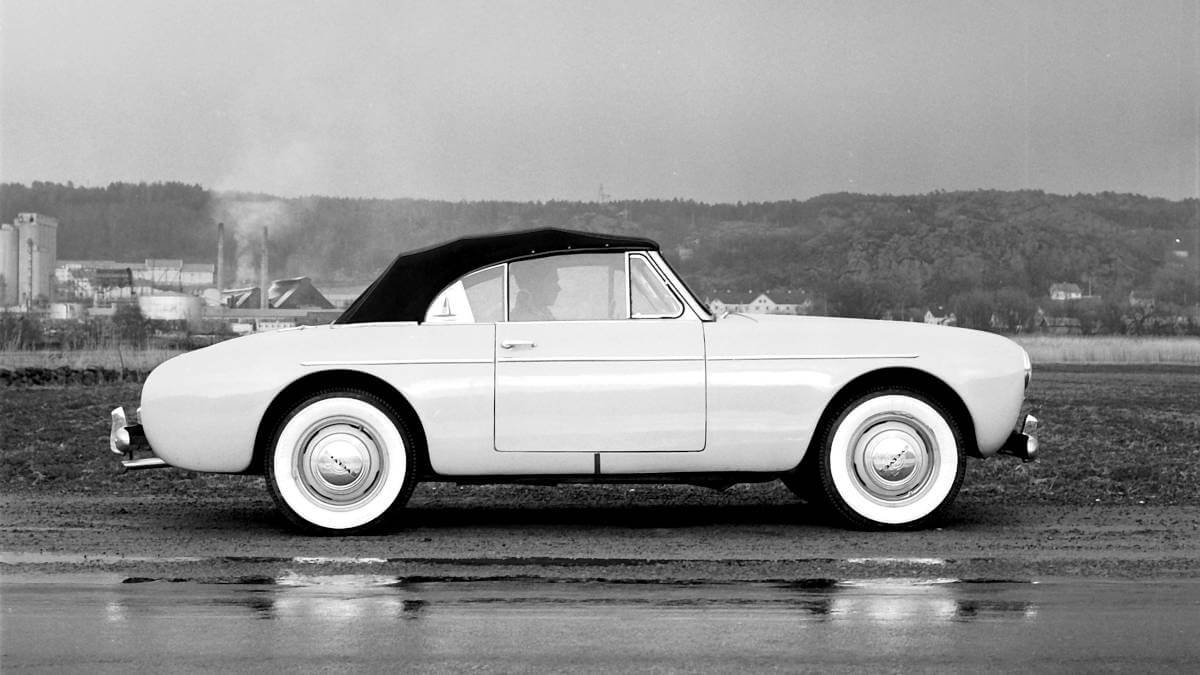

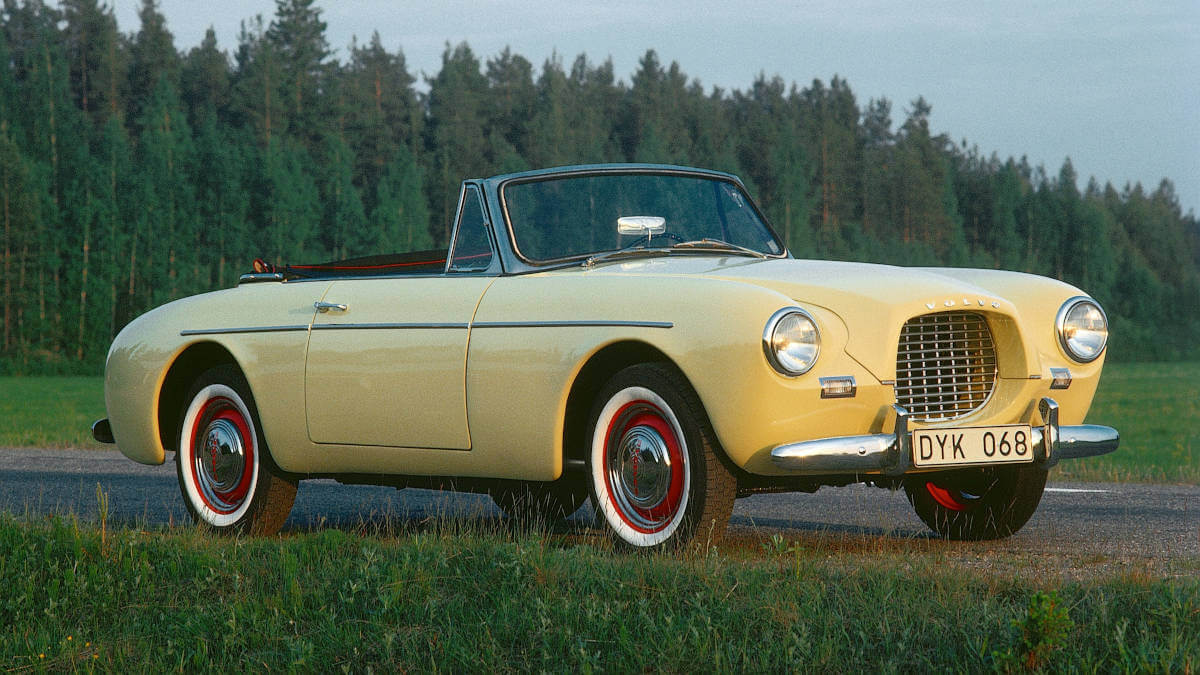

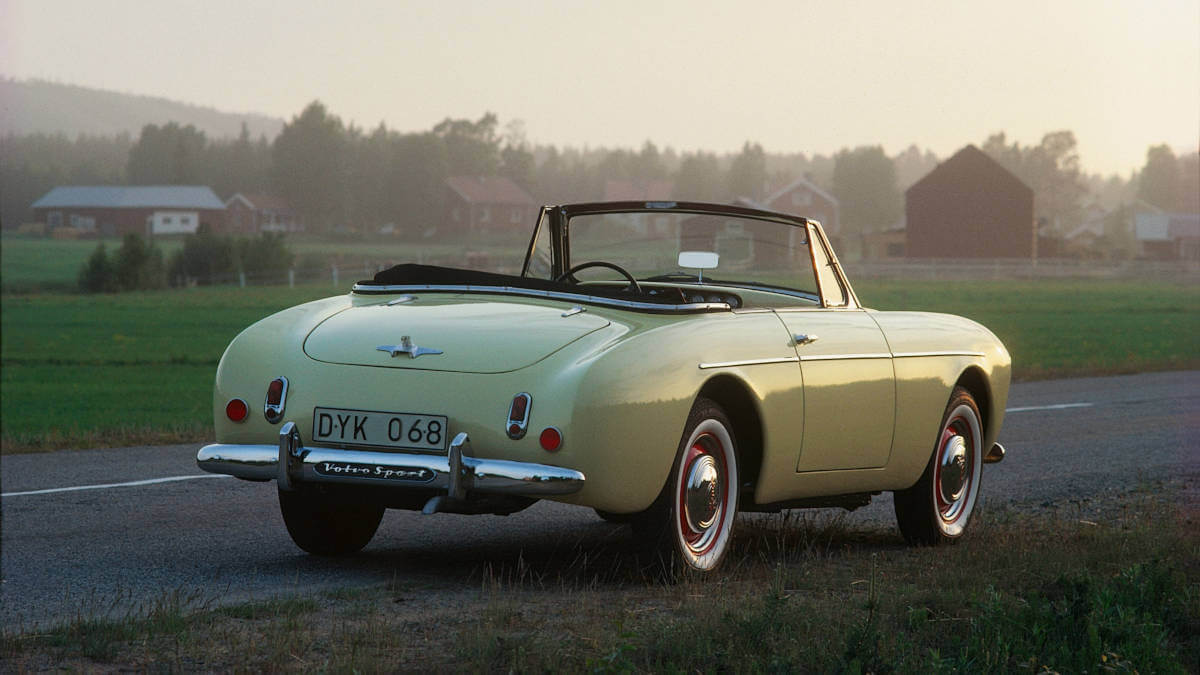

70 hp engine
Under the hood was a 1.4-liter four-cylinder engine, known to Volvo fans as the B14B. It was already known from the PV444. However, some modifications were made for the Sport P1900. Equipped with SU twin carburetors, the engine produced 51 kW/70 hp, which was transmitted to the rear axle via a manual three-speed gearbox. They ensured a topspeed of around 93 mph. This could be enjoyed by a maximum of two people in the front. In addition, there was a cushioned area behind the seats on which another person could travel for short journeys. On long journeys, this area was more suitable for luggage and travel provisions. The painted dashboard displayed eight round instruments.
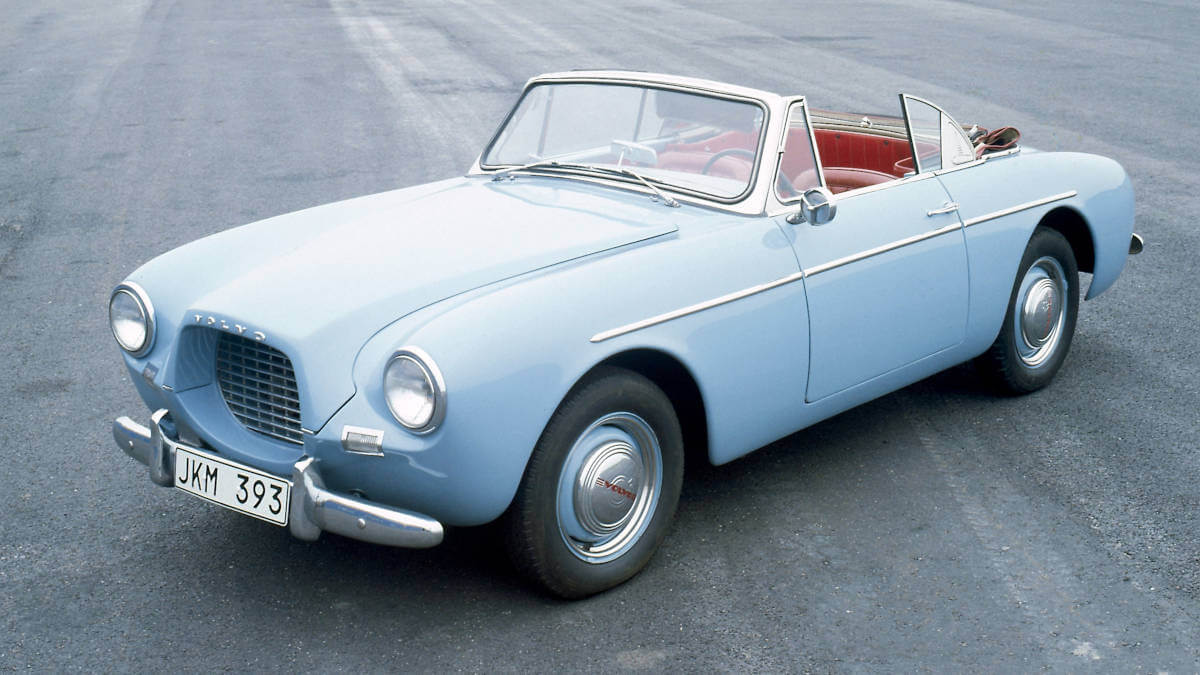

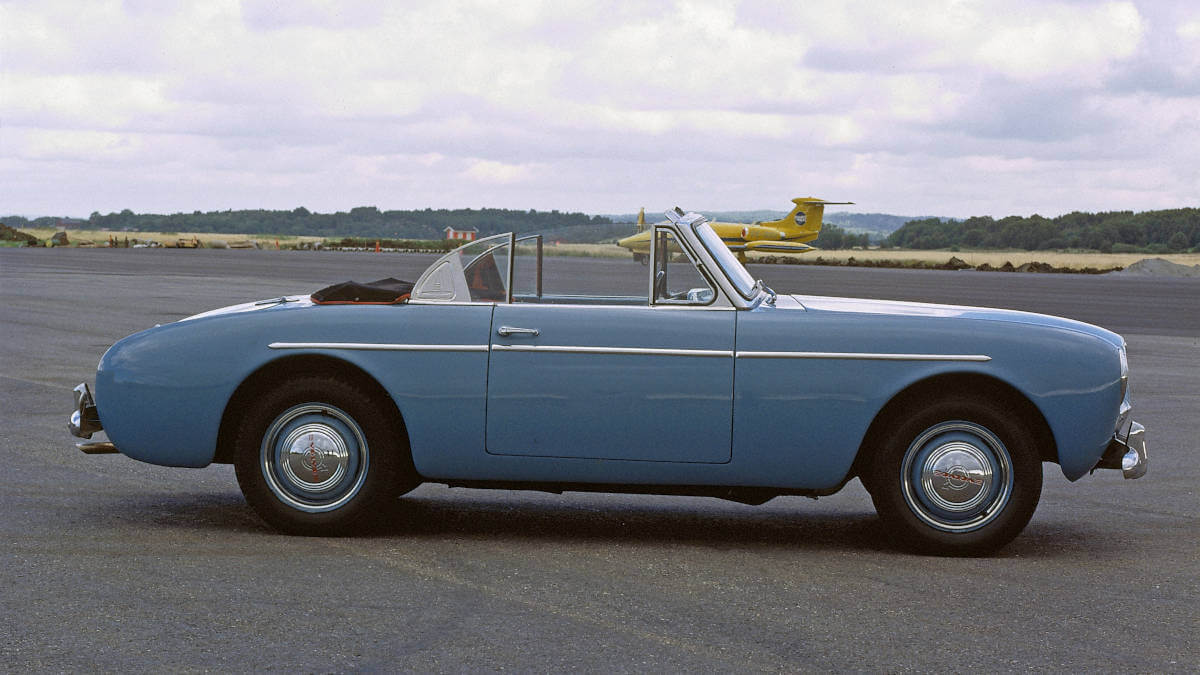



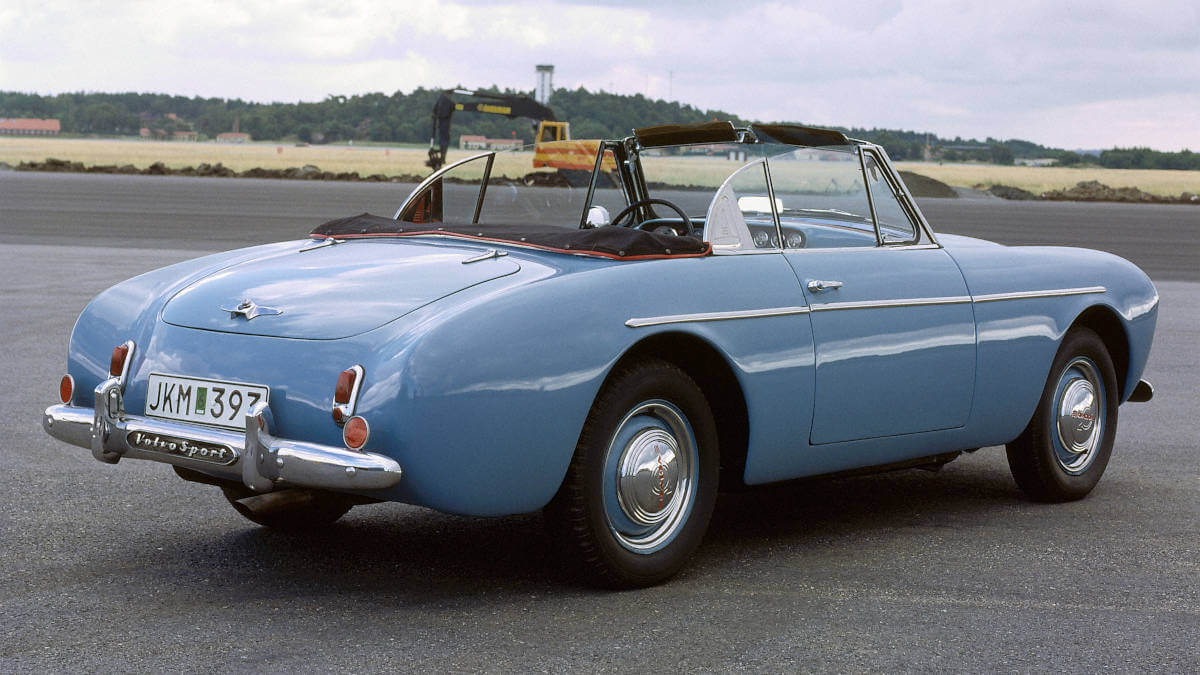

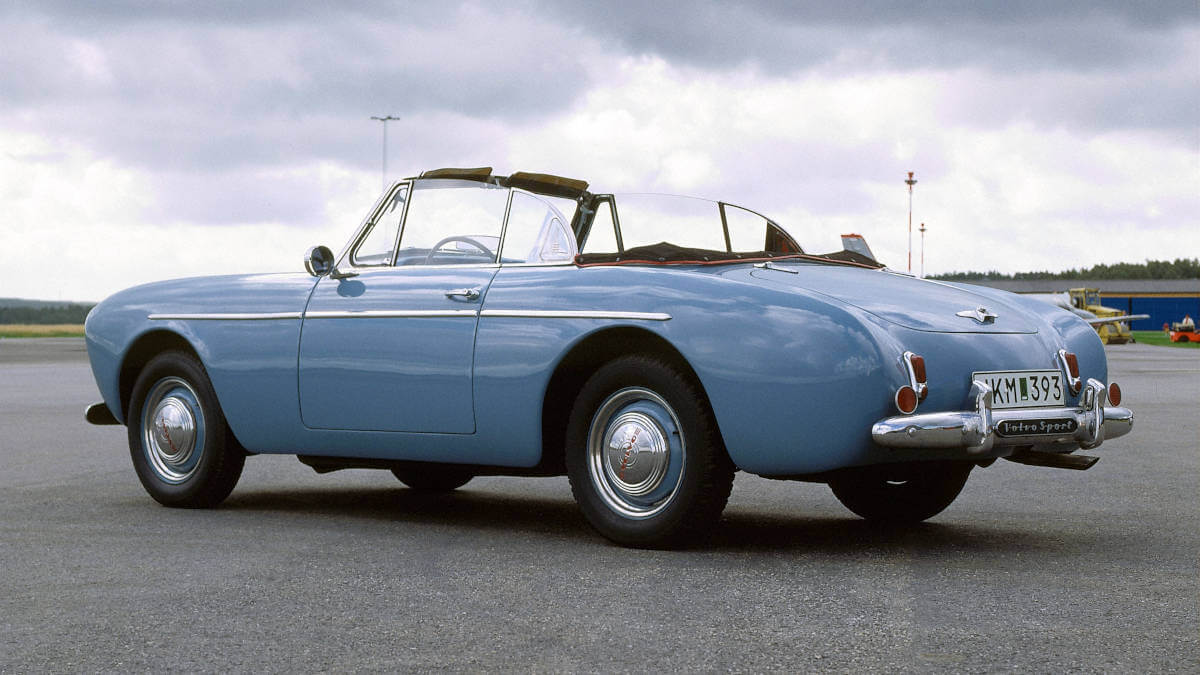

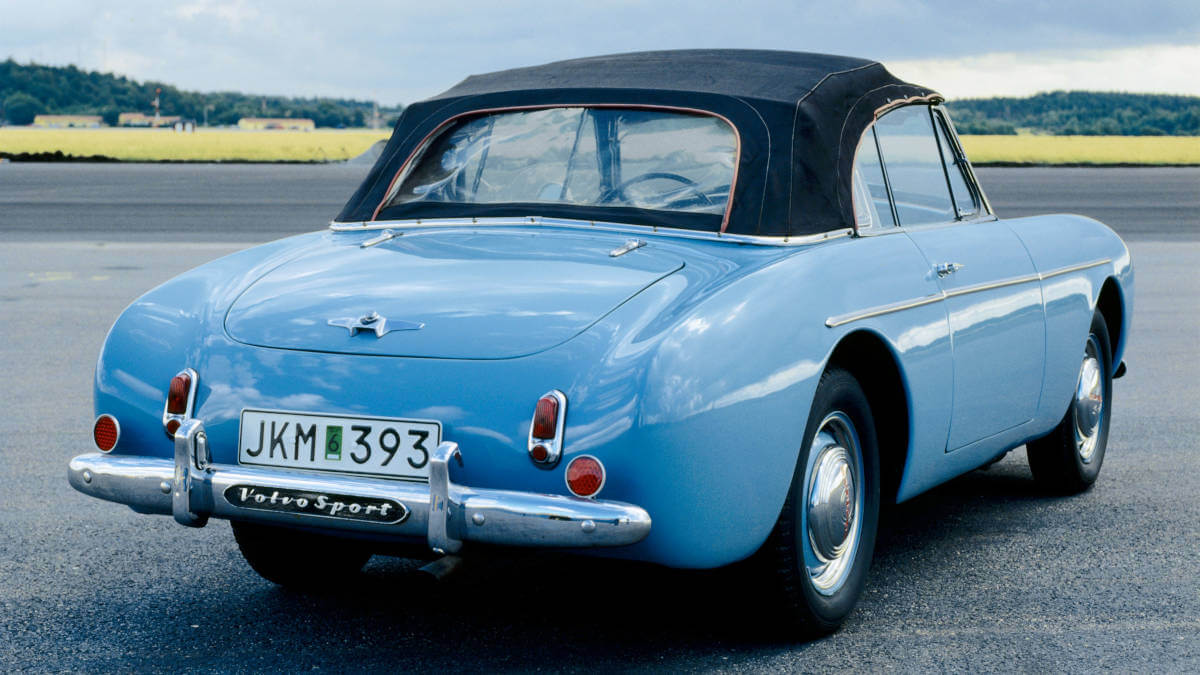

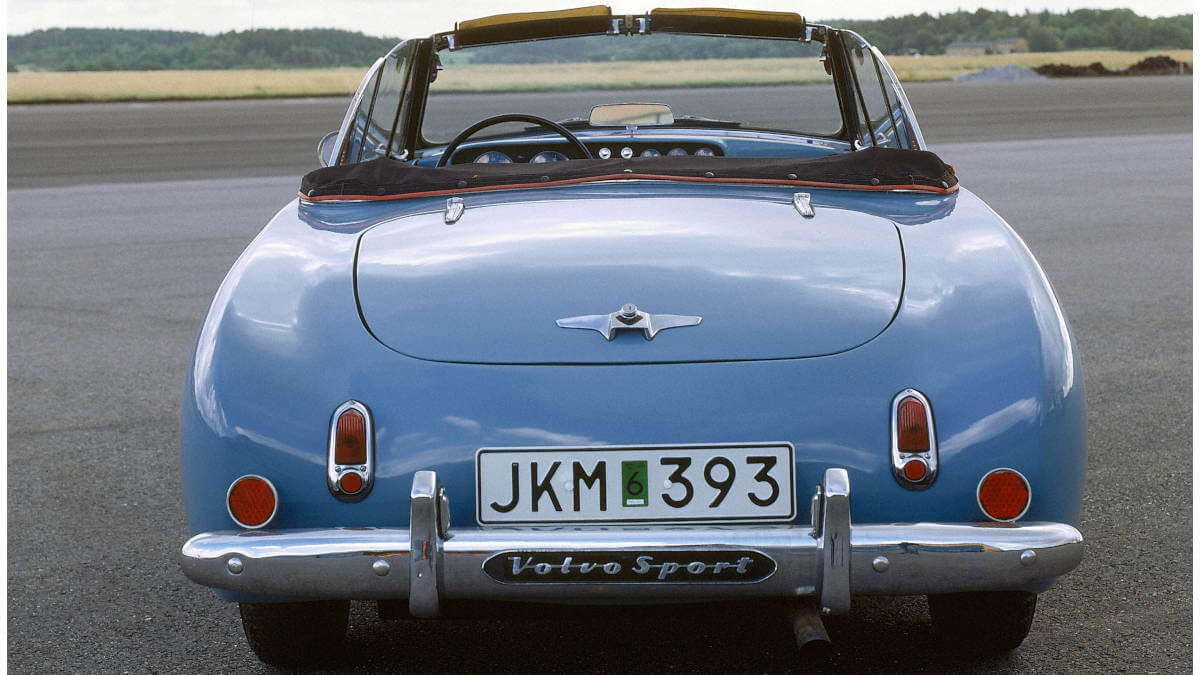

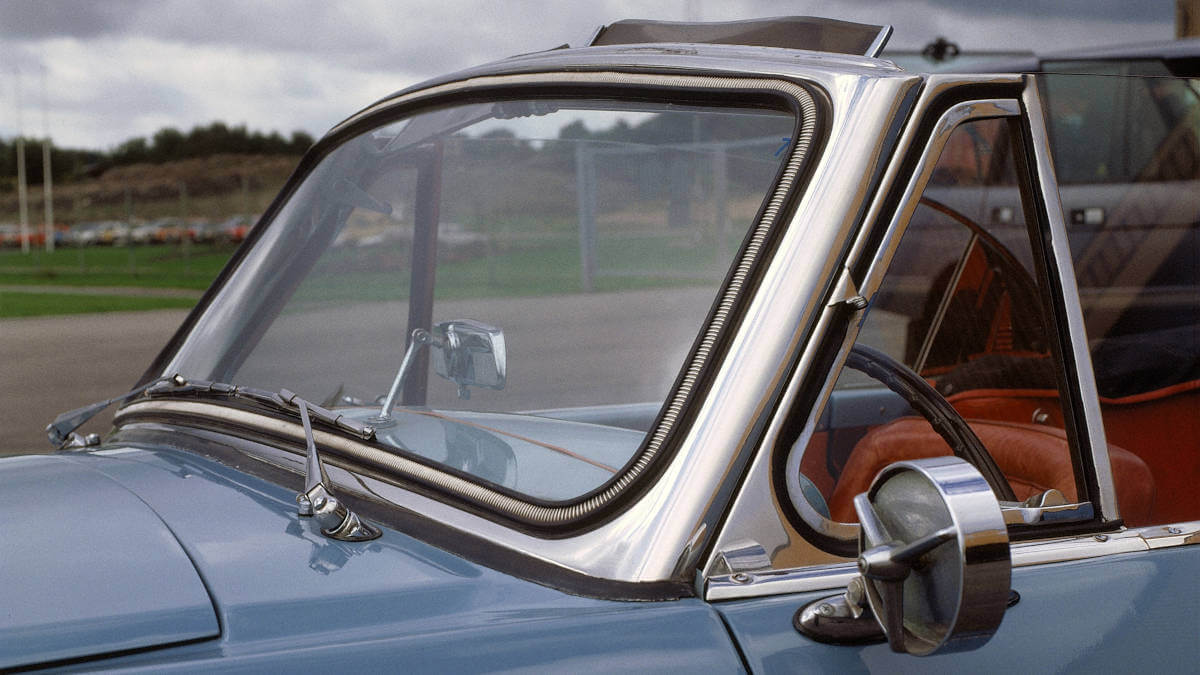

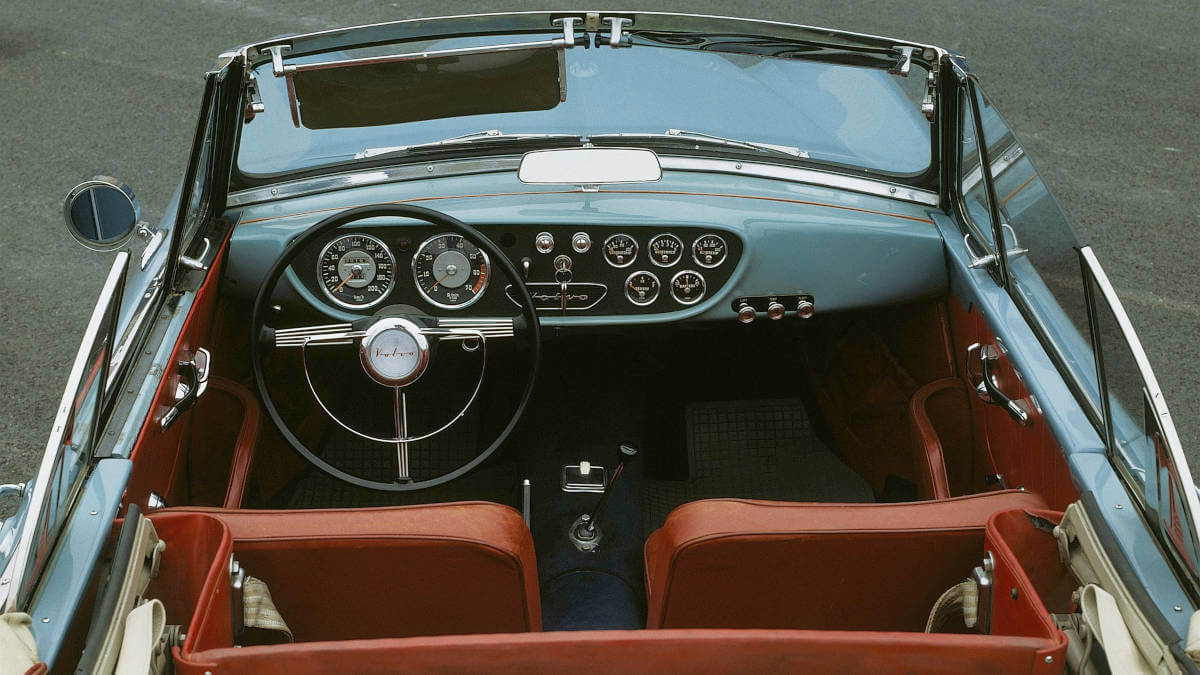

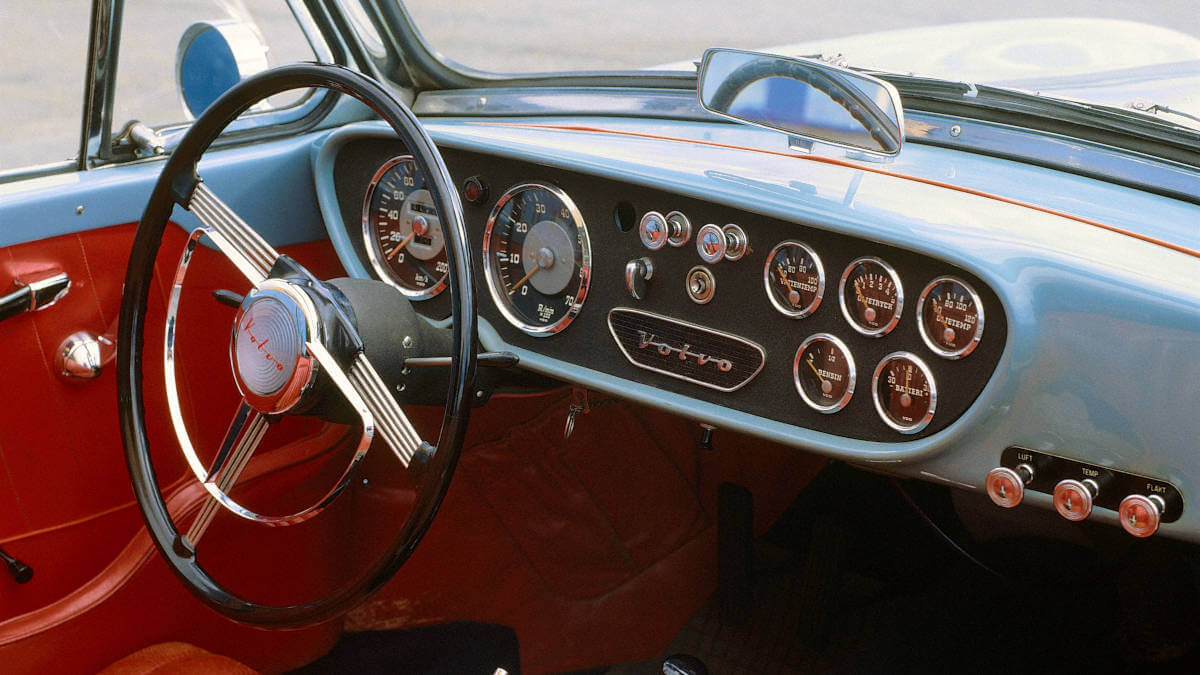

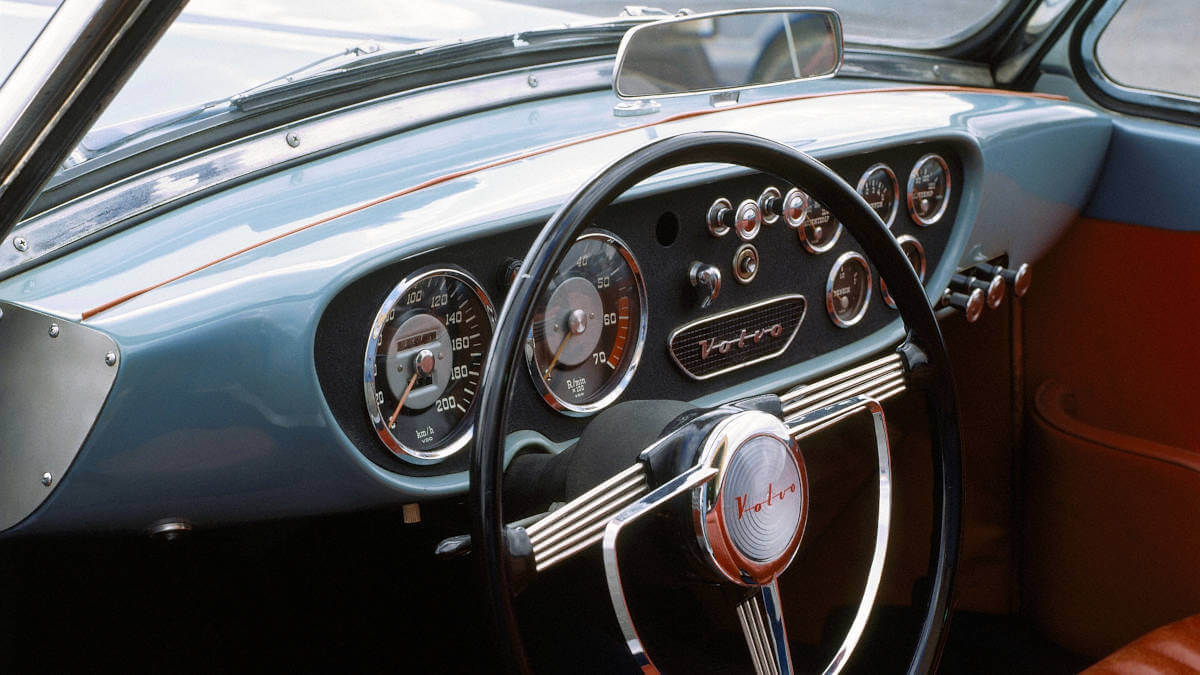

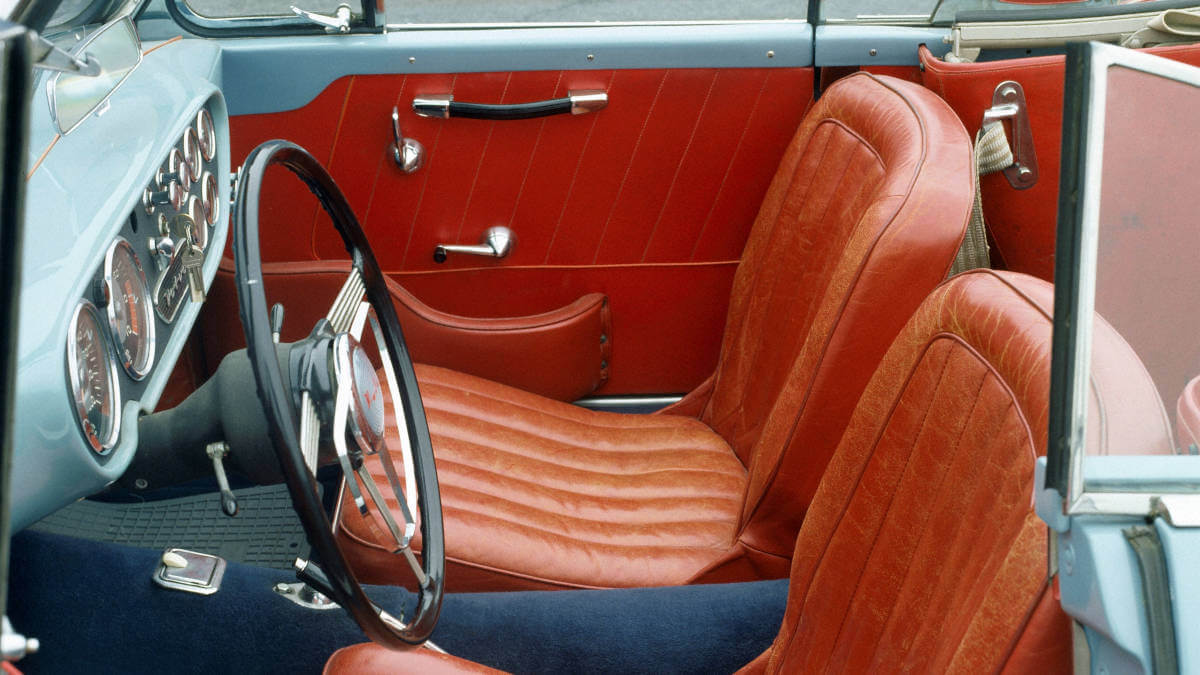

Only 68 units built
The Sport P1900 had been developed at the request of Volvo boss Assar Gabrielsson, who had also established contacts with Glasspar. The car was launched in 1956 after a development period of just two years. At the same time, Gunnar Engellau replaced Gabrielsson at the head of Volvo. Engellau borrowed a P1900 for the weekend in early 1957 and was bitterly disappointed by its quality. The plastic body was so poorly finished that water got in when it rained. The frame wasn’t strong enough and twisted in fast driven curves. In short, the P1900 didn’t meet Volvo standards. On top of that came the new price of 20,000 SEK, more than twice as much as for a PV444. The following day, he stopped production. So after 68 built Sport P1900 the topic “Volvo and sportiness” was over again for the time being. In 1961 a worthy Volvo sports car came on the market with the P1800, which was offered for a long time. Today, at least 50 vehicles still exist.
Images: Volvo



